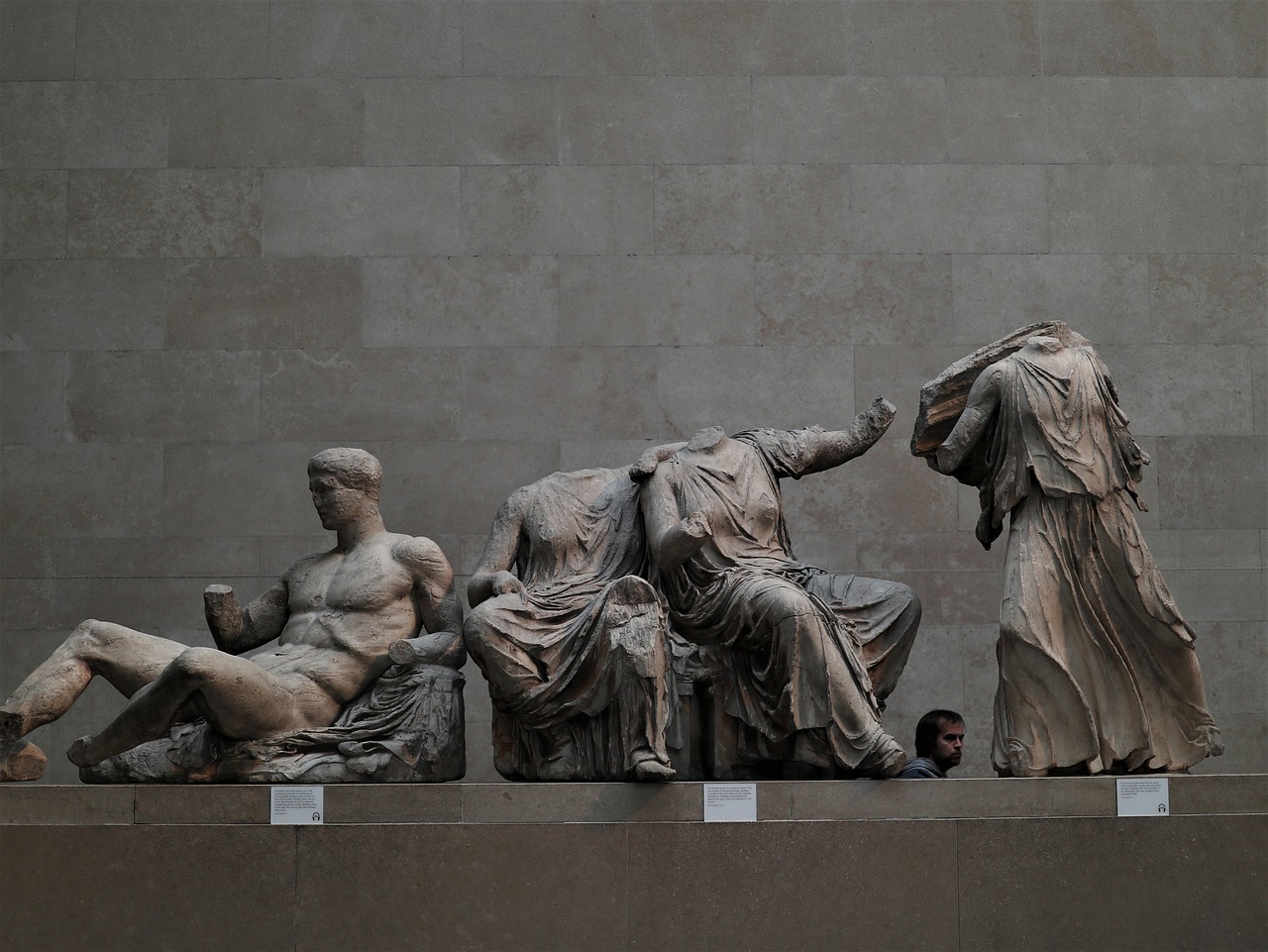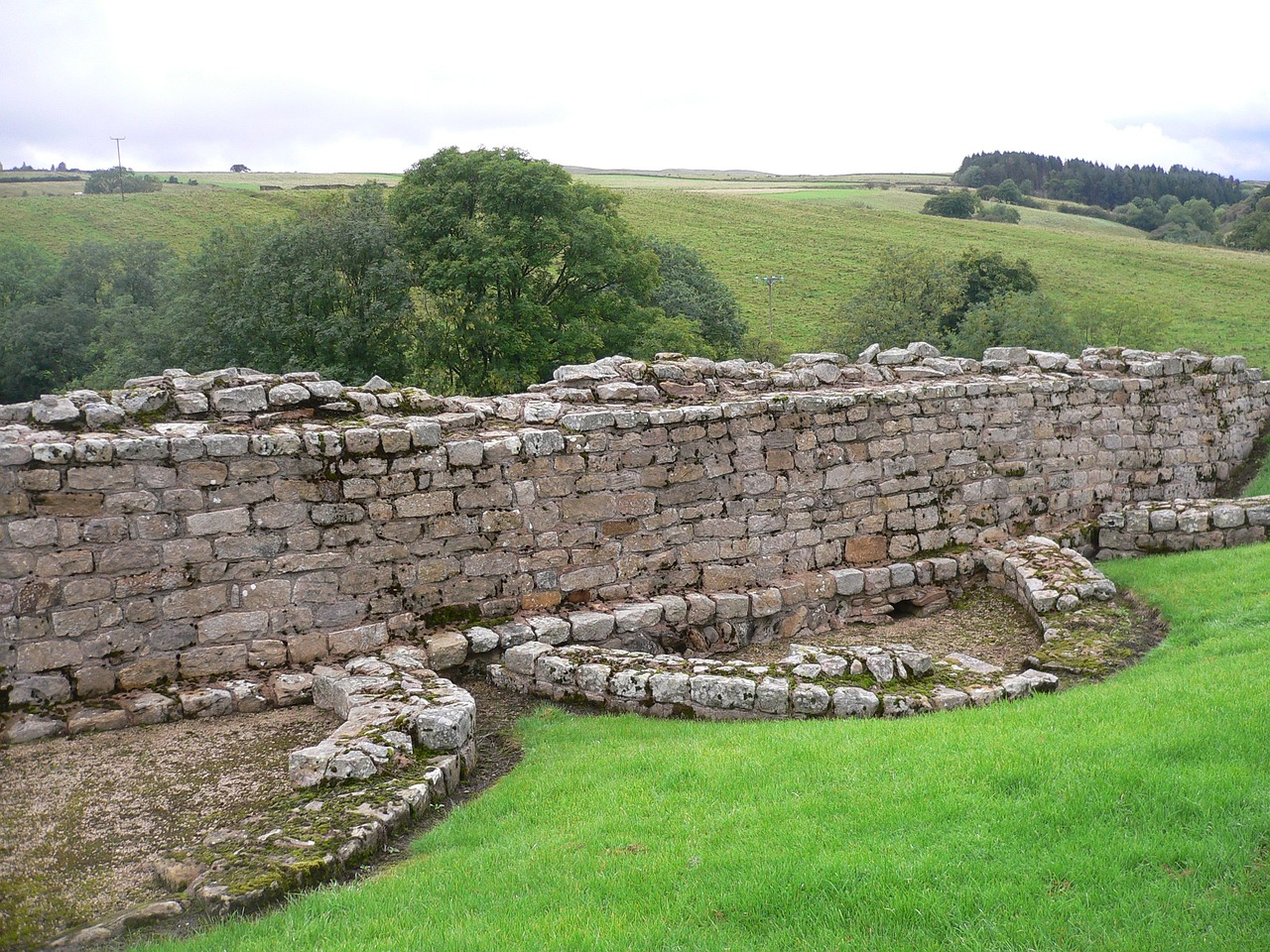Author: Erlang Shen
-
The Nautical Saga of Odysseus Odysseus, renowned as a quintessential hero and master of cunning, embarked on numerous adventures after playing a pivotal role in the Trojan War. His clever idea of the Trojan Horse exemplified his strategic brilliance, ultimately leading to the city’s downfall. However, upon the conflict’s conclusion, Odysseus faced a daunting journey…
-
In Irish folklore, Bodb Derg, also known as Bodhbh Dearg, stands out as an influential figure. He is considered the offspring of Eochaid Garb and possibly the Dagda, serving as the King of the Tuatha Dé Danann. The intriguing etymology of his name suggests it may derive from “bádhbh,” implying that Bodb Derg translates to…
-
The Primordial Sky God: Ouranos (Uranus) In Greek mythology, Ouranos (or Uranus) stands as the primordial god of the sky, viewed as an immense dome of brass adorned with celestial bodies. His presence contrasted with that of his partner, Gaia (Gaea), who represented the earth itself. The union of Ouranos and Gaia resulted in the…
-
Romance: An Exploration of Its Origins and Evolution Romance, a literary genre distinguished by its exploration of chivalric themes, emerged in France during the 12th century. Its roots can be traced back to various prose narratives from classical antiquity, often referred to as Greek romances. However, it gained its own identity within the context of…
-
Dukkah is a delightful blend that nut enthusiasts will absolutely adore! This Egyptian mixture of nuts and spices can enhance various dishes or, as I love it best, be enjoyed simply with olive oil for dipping bread. I have a strong appreciation for Middle Eastern cuisine, and while dukkah joins my collection of recipes here,…
-
The pomegranate, a fruit revered for its simplicity and beauty, has woven itself through the fabric of history, emerging as a significant symbol across various cultures and religions. While its representation is notably evident in Ancient Greek art, this discussion will spotlight the intricate relationship between mythology and artistic expression in that era—particularly focusing on…
-
In the worldview of the Ancient Egyptians, their deities were complex entities rather than simple figures confined to one role. Taking Ptah as an example, his identity extends beyond being merely the “creator as craftsman,” a description highlighted in prior discussions. While this role is paramount, Ptah’s character encompasses a variety of other associations and…
-
Apophis: The Great Serpent in Ancient Egyptian Mythology Apophis, known in ancient Egyptian culture as Apep, symbolizes the Great Serpent and stands as the nemesis of the sun god Ra. In this religious context, Ra’s heavenly vessel traverses the sky from dawn until dusk, subsequently descending into the underworld. However, during this nighttime journey, Apophis…
-
By Tom Welch – Volunteer Guide Since its opening in 1970, the Vindolanda site has revealed a treasure trove of remarkable artifacts, particularly the notable wooden writing tablets, a variety of leather footwear, tools, jewelry, and around 2,600 Roman coins, some of which trace back to the Roman Republic. Throughout the Roman Empire, including the…
-
Venus, a goddess known in ancient Italy, was originally associated with agriculture, fields, and gardens, but was later identified with the Greek goddess of love, Aphrodite, by the Romans. The renowned statue, Venus de Milo, created around 150 BCE, epitomizes her transformation into the figure of love as recognized globally today. In early Roman tradition,…






